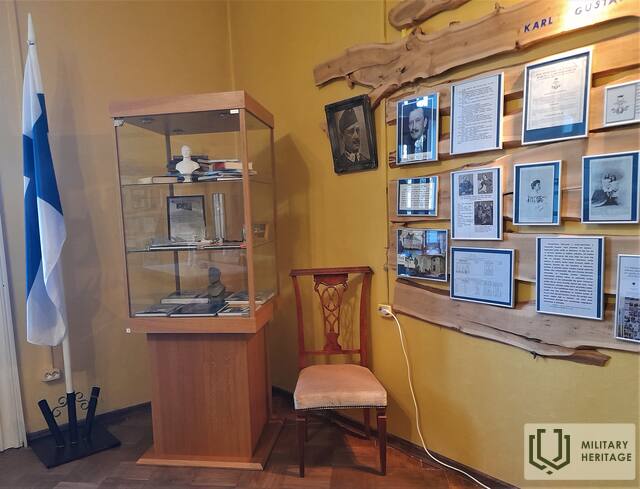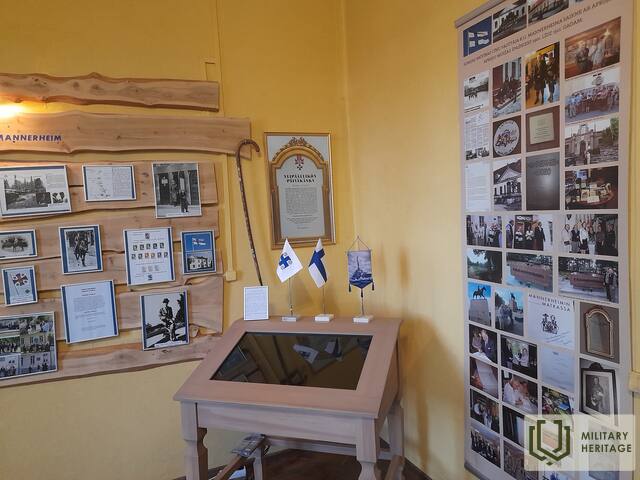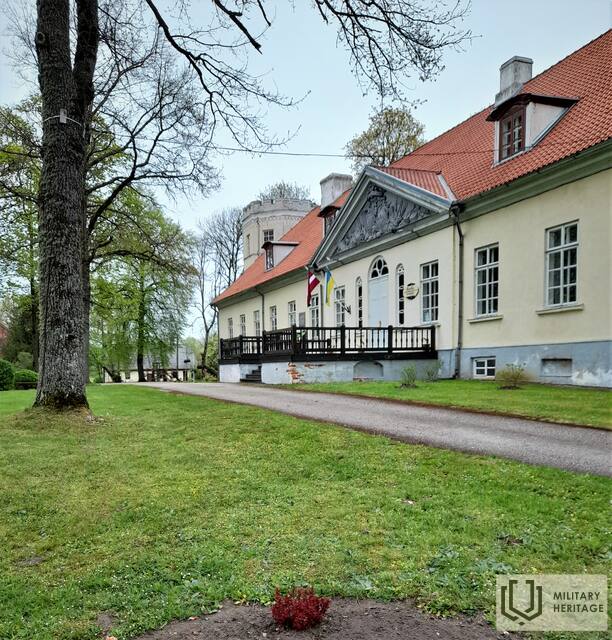Apriķu muzeja kolekcijas un Sarkano partizānu darbības rajoni
Muzejs

Apriķu muižas ēkā atrodas Apriķu muzejs, kura ekspozīcijas vēsta par novada senvēsturi. Muzejā apskatāma ekspozīcija par Somijas militāro personību Karlu Gustavu Mannerheimu - 175 muzeja priekšmeti, interaktīvais stends "K.G.Mannerheims un Apriķi" (trīs valodās- latviešu, angļu un somu) ar 6 sadaļām - par Apriķu muižu, par K.G.Mannerheimu kā karavadoni Ziemas karā, kā Somijas brīvības cīņu vadītāju un par viņa saikni ar Apriķiem.
Tāpat muzejā apskatāmi 2.Pasaules kara priekšmeti ar vācu un sarkanās armijas simbolikas zīmēm, kā arī karte – Sarkano partizānu darbības rajoni un Sarkano partizānu apraksti.
Apriķu muižas (Apprikken) apbūves baroka ansamblis veidojies pie Alokstes upes 18. gs. sākumā. No 1902. līdz 1912. gadam muižas īpašnieki ir Karls Gustavs Mannerheima ģimene. Mannerheims vēlāk kļuva par Somijas valsts prezidentu, un zināms kā leģendārās Mannerheima līnijas – fortifikācijas sistēmas Ziemas kara laikā autors.
Izmantotie avoti un saites:
Apriķu muiža – muzejs | VISIT AIZPUTE
https://visitaizpute.lv/place/apriku-muiza-muzejs/
Saistītie stāsti
Somu brīvprātīgo pulka “Ziemeļu Zēni” kauja Bejā
1919. gada 23. februārī somu brīvprātīgo pulka “Ziemeļu zēni” izlūku vienība, ar cerību iegūt papildus bruņojumu un munīciju, nonāca pie Bejas skolas upītes kraujas, kur notika sadursme ar lieliniekiem (Babeckas kauja). Šajā kaujā krita 10 somu pulka karavīri.
Par Somu jēgeriem Latvijā
Somu jēgeru vēsture ir interesanta, jo tā ir ārkārtīgi līdzīga latviešu karavīru liktenim 1. pasaules karā un lielajai nozīmei nacionālās valsts izveidē. Arī somiem 1. pasaules karš bija iespēja, lai tiktu likti pamati Somijas neatkarībai un tās armijas izveidei. Avotā aprakstīts notikums, kad Latvijā tiek atklāts piemineklis somu jēgeriem.
Somu jēgeru karoga iesvētīšana Liepājas Sv.Trīsvienības katedrālē
Pirmais Neatkarīgās Somijas karaspēka karogs tika iesvētīts 1918. gadā Liepājā, Svētās Trīsvienības baznīcā, kur pirms došanās uz mājām, somu jēgeri nodeva zvērestu par uzticību Neatkarīgās Somijas likumīgajai valdībai.
Viļa Samsona apraksts par 1945.gada 7.marta Sarkanās bultas kauju ar vācu policijas vienībām
1945. gada 7. martā "Sarkanās bultas" partizānu nometni ielenca un mēģināja iznīcināt vācu karaspēks. Vilis Samsons savā 1974.gadā izdevniecībā "Zinātne", Rīgā, izdotajā grāmatā apraksta šīs kaujas gaitu

























